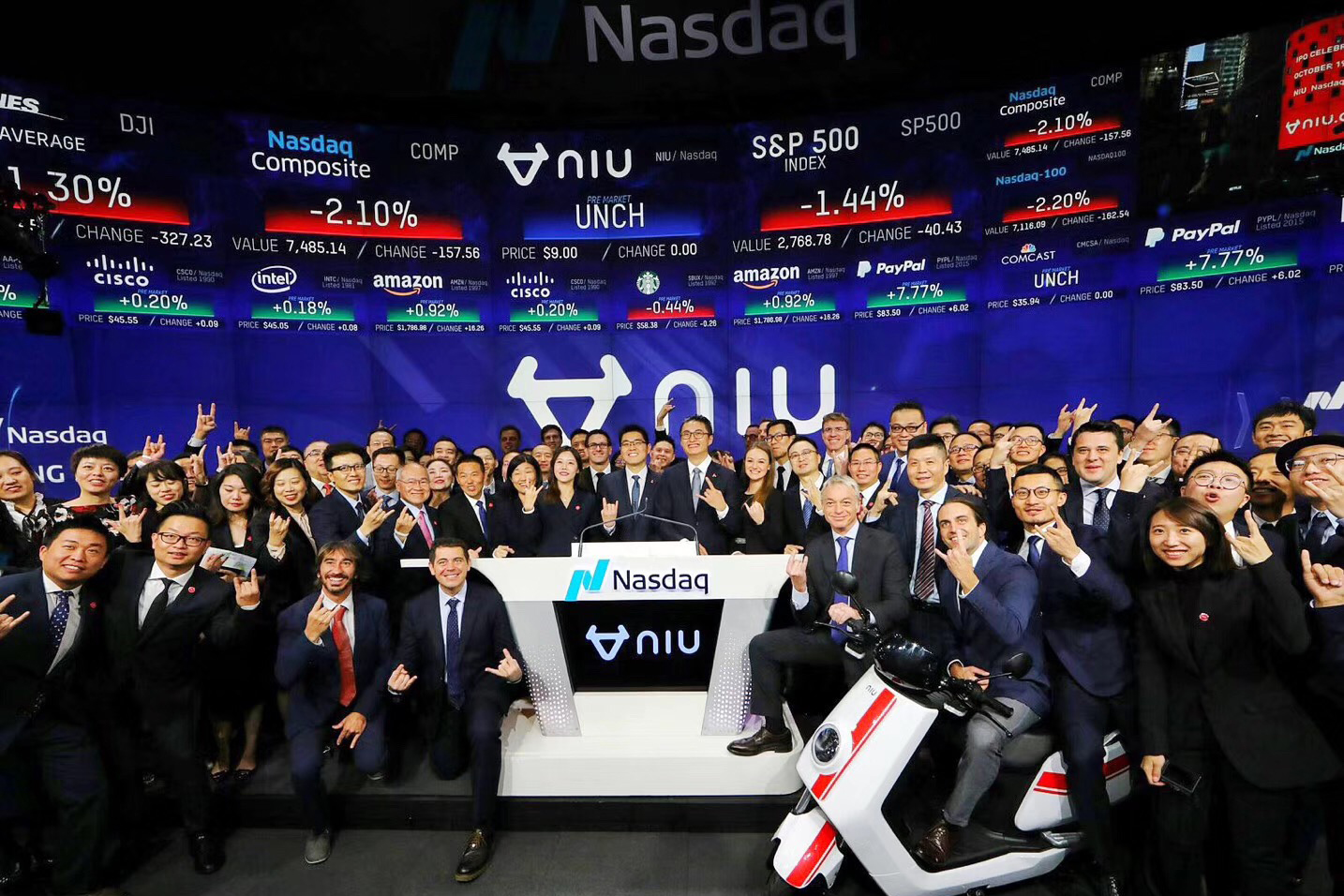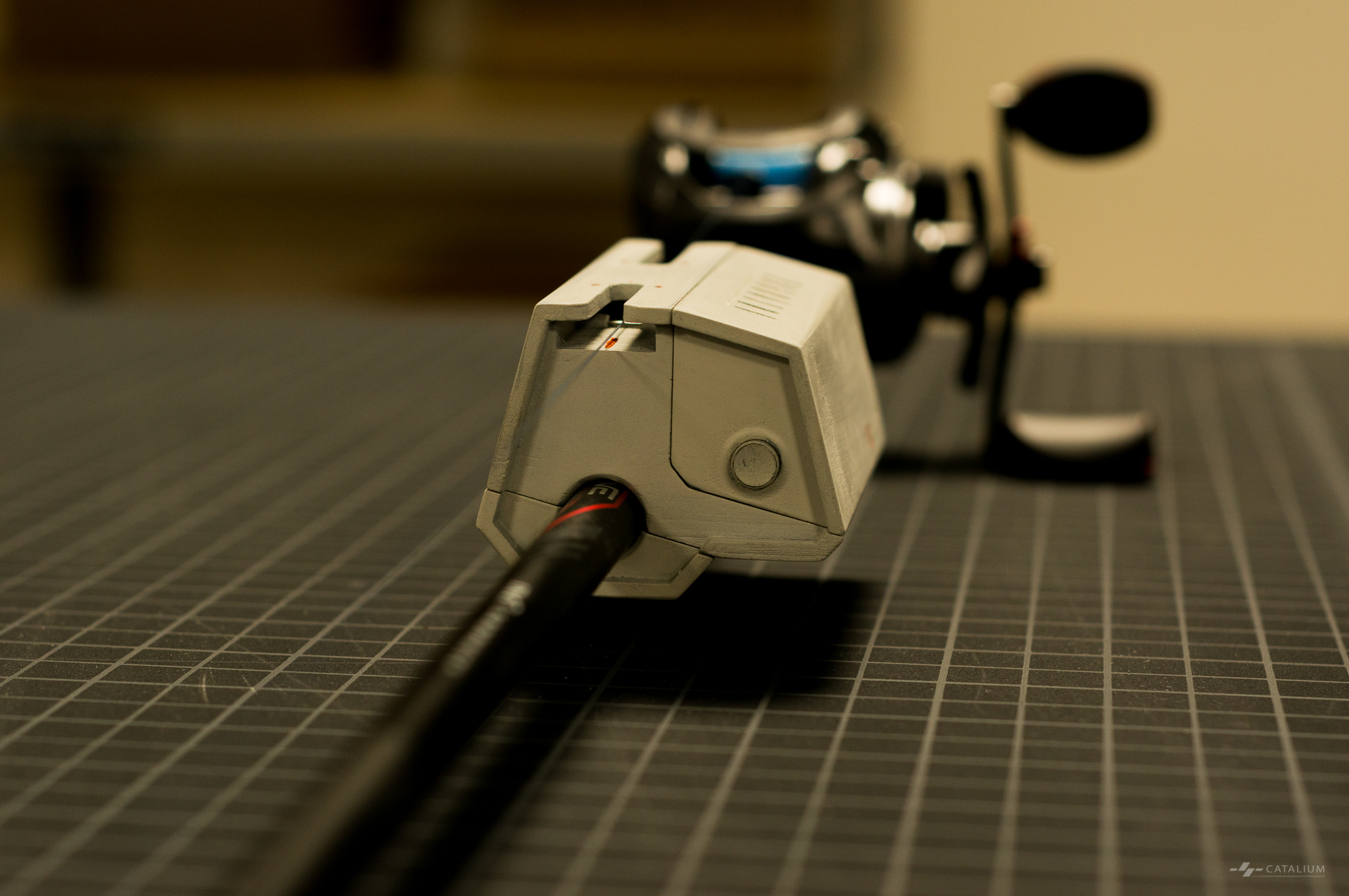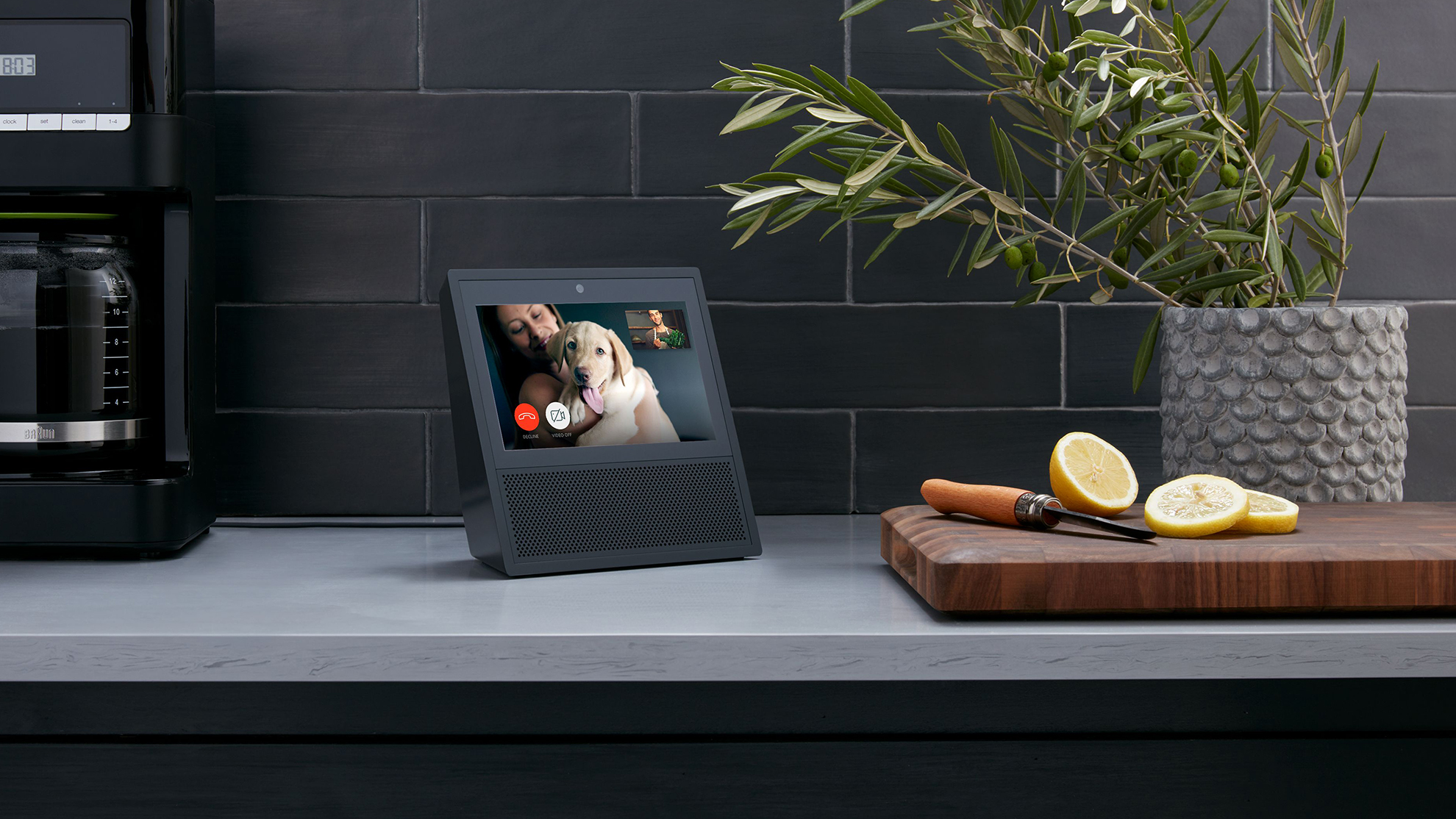
EDT 9:30am today in New York City, former colleagues of my previous company—Niu Technologies—started the IPO at Nasdaq.
This is another milestone my fellows have achieved. As once a part of the team for a long ride, I do know how hard they have worked to make it happen. Congratulations to all Niu fellows and early investors.
Some friends have asked if I regret to give up my stakes at Niu to come to study in the US. My answer was, “a thirst for knowledge is the desire among all desires.”
Recently, I started job searching. I’m especially good at cold-starting a new product. I can do a full set of product creation works—from business strategy analysis, product positioning, user research, ideation, concept design to detailed product experience design (both SW & HW), product development management and product launch with marketing fellows. Thanks to the education I received at the University of Washington, I have also touched the US IP and corporate laws. I’m an ideal candidate for a product designer or product manager for a new product line. Please feel free to leave me a message if you are interested to have a talk.
 Background
Background
